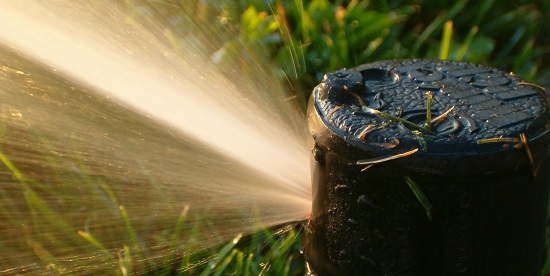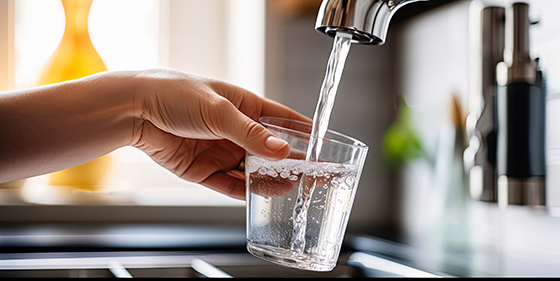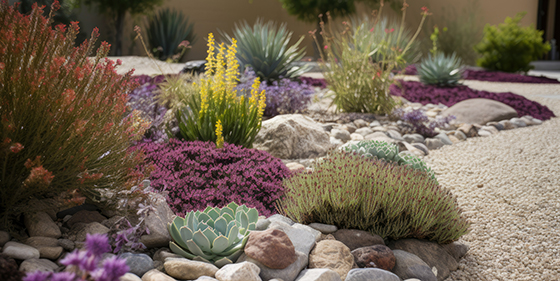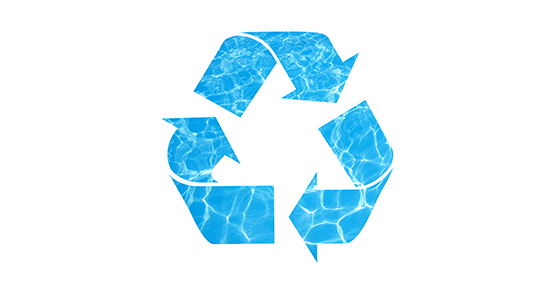Water Conservation Begins with You — Get Involved!
Water is essential to communities, growing crops, sustaining wildlife and the environment, and supporting our businesses. Changing hydrology across the West has created long term drought conditions, leading to historically low water allocations.
We ALL have a responsibility to help mitigate drought impacts. See what you can do below to take steps to conserve water today to ensure a sustainable future for tomorrow! Since each community's water conservation parameters may be different, please check with your local water district for more information.
Conserve Water at Home
Use Water Efficiently: Be mindful of your water use by taking shorter showers. Turn off the faucet while brushing your teeth or lathering up in the shower. Run the dishwasher and washing machine only when they are full to maximize water efficiency. Learn about $31 million awarded to 21 water districts, towns, and cities across the Colorado River Basin that help conserve water through efficient irrigation, water metering, and landscaping across our 2023 WaterSMART grants.
Use Water-Smart Landscaping: Use drought-tolerant plants in your landscaping. Native species thrive in the local climate with less water. Group plants with similar water needs together and use mulch to retain soil moisture. Adjust your irrigation system to water efficiently and consider installing a smart irrigation controller that adjusts watering based on soil moisture or weather conditions.
Fix Plumbing Leaks — Indoors & Outdoors! Regularly check for leaks in faucets, toilets, and pipes. If you notice a leak, repair it promptly or contact a plumber. By fixing leaks, you not only conserve water but also save on your utility bills.
Educate and Inform: Start conversations with friends, family, and neighbors about water conservation. Share your water-saving tips and encourage others to adopt them. Participate in local water conservation campaigns or initiatives. Remember, every effort counts when it comes to conserving water!
Conserve Water at Work
Install Water Efficient Systems: Install new high efficiency toilets that use a fraction of the water and perform better than old models, low-flow water faucets and aerators to restrict flow rates and install high-efficiency pre-rinse spray valves.
Implement Water Conservation Techniques: Talk with employees and coworkers to educate them about water conservation. Develop a written plan for how employees can save water, including conservation benchmarks, and regularly check to see if those benchmarks are being met. Set a maintenance schedule and regularly check for leaks on faucets and pipes. Replace evaporative coolers with dry-cooling air conditioner systems.
Install Efficient Landscape Irrigation: Installing smart irrigation controllers can monitor weather, soil conditions, evaporation and plant water use to automatically calculate new watering schedules every day. Learn about $31 million awarded to 21 water districts, towns, and cities across the Colorado River Basin that help conserve water through efficient irrigation, water metering, and landscaping across our 2023 WaterSMART grants.
Recycle and Reuse Water: Install a grey water system to allow reuse in boilers or cooling systems. This eases the strain on public water supply, lowers the use and increases the life of sewers and/or treatment systems, and saves energy use from pumping and treating water.





